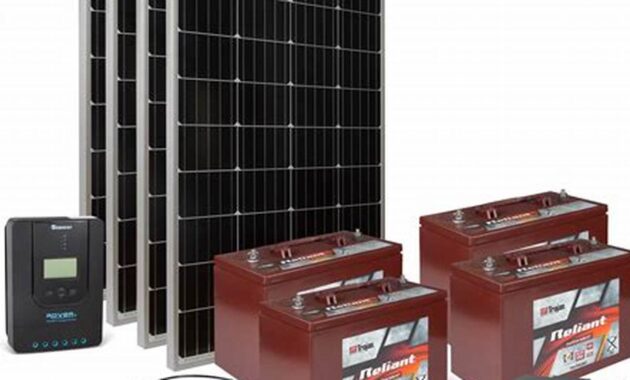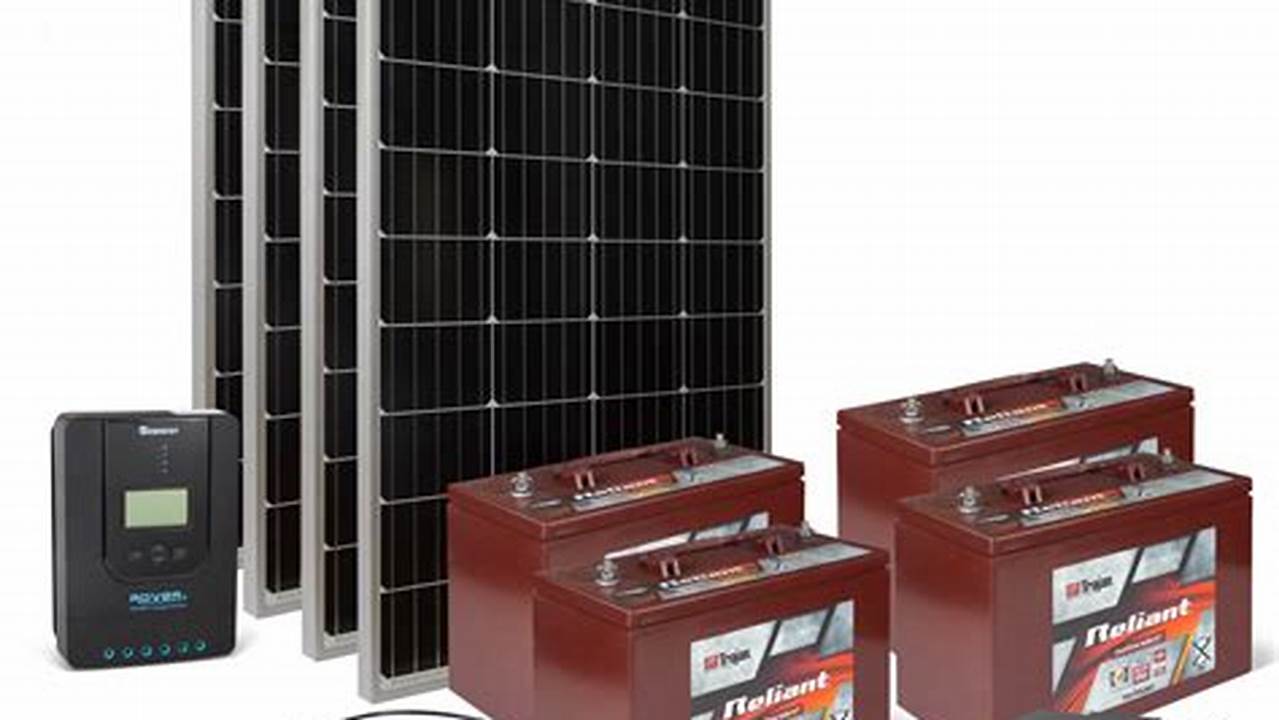
Off-grid solar prices refer to the cost of installing and maintaining a solar energy system that is not connected to the electrical grid. These systems are typically used in remote areas where grid access is unavailable or unreliable, providing electricity for homes, businesses, and communities.
Off-grid solar systems offer several advantages, including energy independence, reduced reliance on fossil fuels, and environmental sustainability. Historically, the cost of off-grid solar systems has been declining, making them a more affordable option for many consumers.
Factors influencing off-grid solar prices include the size and capacity of the system, the type of solar panels and batteries used, and the installation and maintenance costs. To determine the best off-grid solar solution for their needs and budget, consumers should consider these factors and consult with qualified solar installers.
Frequently Asked Questions About Off-Grid Solar Prices
This section addresses common questions and concerns regarding off-grid solar prices, providing concise and informative answers to help consumers make informed decisions.
Question 1: What are the major factors that affect off-grid solar prices?
The size and capacity of the system, the type of solar panels and batteries used, installation and maintenance costs, and location-specific factors such as permitting and labor costs.
Question 2: How do off-grid solar prices compare to grid-tied solar prices?
Off-grid systems tend to have higher upfront costs due to the need for battery storage, but they can offer long-term savings and energy independence.
Question 3: What are the benefits of going off-grid with solar?
Energy independence, reduced reliance on fossil fuels, environmental sustainability, potential cost savings in the long run.
Question 4: What are the challenges of going off-grid with solar?
Higher upfront costs, system maintenance and battery replacement costs, potential limitations during periods of low sunlight.
Question 5: How can I estimate the cost of an off-grid solar system?
Use online calculators, consult with solar installers, and consider factors such as energy consumption, system size, and location.
Question 6: What are the financing options available for off-grid solar systems?
Loans, leases, and government incentives may be available depending on location and installer.
Summary
Off-grid solar prices can vary depending on several factors, but they offer the potential for energy independence and long-term savings. Careful planning and consideration of individual needs and circumstances are crucial for making informed decisions about off-grid solar systems.
Transition
To learn more about off-grid solar system design and installation, continue reading the following sections.
Tips for Evaluating Off-Grid Solar Prices
When considering off-grid solar prices, there are several key factors to keep in mind to ensure an informed decision-making process.
Tip 1: Determine Energy Needs: Accurately assess your energy consumption patterns to determine the size and capacity of the off-grid solar system required. This will help optimize system design and cost.
Tip 2: Research Equipment Options: Explore different types of solar panels, batteries, and inverters available in the market. Consider factors such as efficiency, durability, and warranty when selecting components.
Tip 3: Compare Installer Quotes: Obtain quotes from multiple qualified solar installers. Compare not only the total cost but also the details of the system design, equipment used, and installation process.
Tip 4: Consider Long-Term Costs: While upfront costs are important, also factor in ongoing expenses such as maintenance, battery replacement, and potential grid connection fees in the future.
Tip 5: Explore Financing Options: Investigate financing options such as loans, leases, and government incentives to make the cost of an off-grid solar system more manageable.
Summary
By following these tips, you can evaluate off-grid solar prices effectively, ensuring that your system meets your energy needs, fits your budget, and provides long-term value.
Transition
To further enhance your understanding of off-grid solar systems, continue reading the following sections, which delve into system design, installation, and maintenance.
Conclusion
Off-grid solar prices have experienced a significant decline in recent years, making renewable energy more accessible for remote and grid-independent living. Careful consideration of energy needs, equipment options, installation costs, and long-term expenses is essential for making informed decisions about off-grid solar systems.
As the world transitions towards sustainable energy sources, off-grid solar solutions will continue to play a vital role in reducing carbon emissions, promoting energy independence, and providing reliable electricity in areas where grid access is limited or unreliable. By investing in off-grid solar, individuals and communities can harness the power of the sun to create a more sustainable and resilient energy future.
